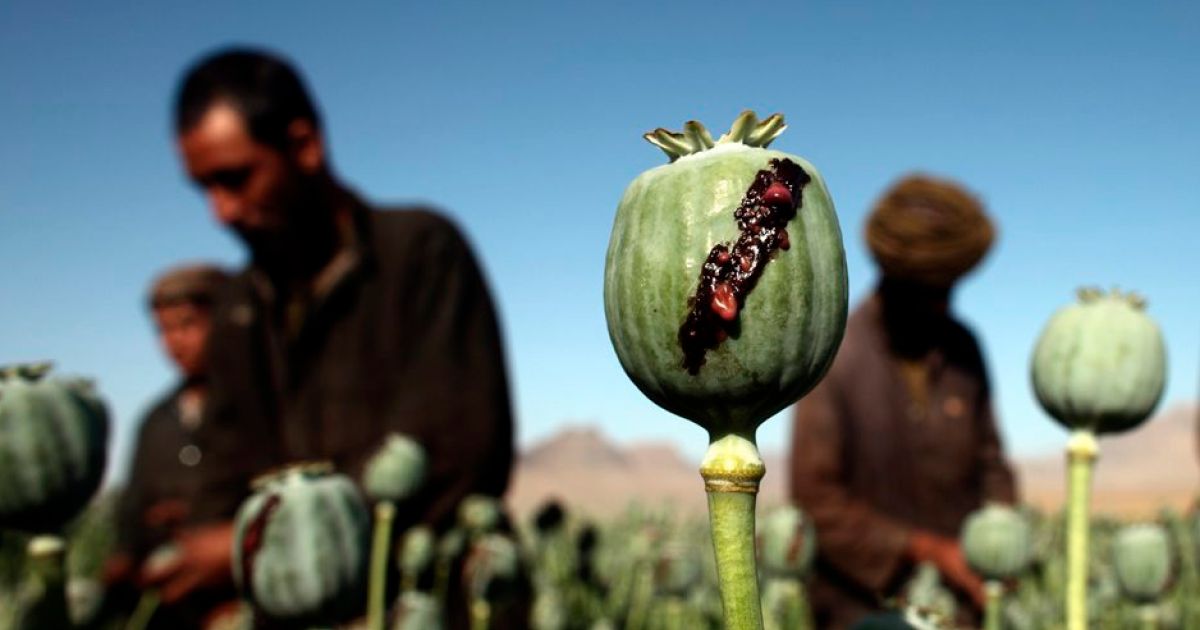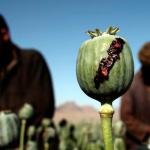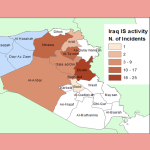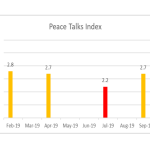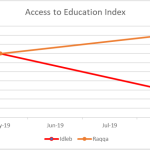Research Newsletter, #20 (January 2020)
Editor’s Note
This issue focuses on Illicit Opium Poppy Cultivation and Production in 2019 and 2020 in Afghanistan.
SAM started to monitor the opium poppy cultivation and production in Afghanistan in 2020. Regular monitoring reports will be announced by SAM.
Although opium cultivation level going down in Afghanistan, it is still well above the demand. Afghanistan can still meet the entire illicit demand for opiates worldwide. It seems it will continue like this for long years, as Afghan people lost their trust for Governance in Afghanistan. Also, they lost their trust to international actors as well. Therefore, unless trust relation between people Afghanistan and Afghan Government and international organizations is established again, organized crime, and terrorism will continue to grow in Afghanistan.
Of course, this is not only a problem for Afghanistan. It is a global concern and security threat. Because, Afghan opium n continues to be an important source of income for Taliban, Al-Qaeda, Haqqani Network, ISIS and other crime groups in Afghanistan and Pakistan.
Furthermore, Iran is benefiting from illicit opium production in Af-ghanistan by producing codeine based medicines by using seized opium and morphine. However, Afghanistan is importing morphine and codeine for same purpose. Such unfair applications should immediately stopped by United Nations. If not, Afghanistan should consider using seized opium and morphine to produce co-deine to use for medicine productions.
Afghan Opium Poppy Cultivation in 2019 and Expectations for 2020
Cultivation in 2019
Total opium poppy cultivation was around 163,500 hectares in Afghanistan in 2019. This presents a 38% decrease compare to 2018.
Total Opium cultivated reached to historical record level (328,000) hectares in 2017. However, since then, opium cultivation has decreased almost 50%. This is statistically a remarkable success.. I only say it is statistically a success because neither Afghan Government nor international organizations made a particular effort to decrease the opium poppy cultivation in the country. The reason behind the decrease is totally related with the demand and supply related matters. Afghan is already producing illicit opium well above the demand. Therefore, it is important not to link the decrease in 2018 and 2019 with any success in strategies or policies on countering the narcotics in Afghanistan. Also, there is no reason to expect further sharp decrease in opium production in Afghanistan. Overall, all the strategies and policies on countering narcotics introduced in Afghanistan failed.
In order to develop efficient and effective policies, first of all, it is essential to take lessons from previous mistakes and accept the failure. If this not done, then Afghanistan will continue to struggle with damages of illicit opium production in the country. First and main damage is the public trust on governance. Most of Afghans do not trust the current governance in the country. In recent elections in 2019, only around 20% of the public participated to the voting. Election results have not been announced after 3 months passed. This should be a real concern not only for Afghan Government but United Nations, and other key players (USA, UK, Russia, and etc) in the country. Once the public trust is lost, it is difficult to gain back. The root of the problems is lack of public trust in governance in Afghanistan. İt is impossible to bring peace or stability to Afghanistan without establishing it. If family members do not trust each other, can you talk peace and stability in any such family? You cant!. It is same for governments.
Although illicit drug production is well known a main source for all terrorist organizations in the country, countering narcotics is not a first priority of Afghan Government. Also, it is not anymore a main topic for USA or EU or Russia. Within UN, UNODC is focused on opium poppy cultivation in Afghanistan. But, UNODC only heavily works on announcing the statistics about production and cultivation. There is no single UN organization or any other international organization or any UN member states currently helping Afghanistan to develop and implement efficient policies on countering narcotics in Afghanistan. Afghan Government is trying to do something with its limited budget and capacity. But, obviously, much more efficient effort is needed. Otherwise, we will be still talking about safety and corruption related issues in coming future in Afghanistan as well.
Corruption in Afghanistan is at critical levels. Corruption is not only limited with Afghan Government organizations but almost all international organizations and NGOs as well. There are a lot of studies were conducted about corruption in Afghanistan. But, there is no specific effort to stop it. Corruption can only be removed from any country, if public trust is gained on governance. You can see high level of corruption in the countries where there is low level of public trust on governance. Therefore, the first and important action of new Afghan Government should be gaining the public trust by ruling the country in 100% transparent way. Next and most urgent action is to refocus on illicit drug production and illicit trade in Afghanistan It is impos-sible to stop the terrorism while Afghanistan is producing high level of illicit drugs and illicit trade.
Production in 2019
Decrease in opium production is not in line with the decrease in the cultivation. However, there is still a debate about opium yield and production figures between Afghan Government and UNODC. According to UNODC, yield is 38 kg per hectares. According to UNODC; Opium yield was between 18 and 28 kg between 2012 and 2018. I personally (as a expert who visited and interviewed many opium farmers in Afghanistan) believe that UNODC figures were under estimated for those years. But, the problem is that UNODC is not able to provide a good explanation about sudden increase in opium yield in 2019. Therefore, Afghan Government is questioning the yield and production figures for 2019. As a result, UNODC have not been able to publish the 2019 production figures yet.
Statistics and More conducted a survey with Opium farmers about opium yield in 2019. According to our findings, yield per hectare was around 40 kg in 2019. So, overall opium production in estimated to be around 6200 tons in Afghanistan in 2019. This amount of opium is well enough to meet entire illicit opium and heroin demand worldwide.
Expectations in 2020
Statistics and More has started to monitor the opium poppy cultivation monthly in Afghanistan. According to our surveys in November and December 2019, around 10% of decrease in cultivation is expected in Southern and Eastern regions of Afghanistan. No decrease is expected in Western, Central and Northern Afghanistan. Therefore, as of January 2020, we expect total of around 145,000 hectares of opium poppy cultivation in 2020. We will be able to provide estimations on production in March 2020.
It will not be easy to reduce the overall opium poppy cultivation below 130,000 hectares due to the demand on Afghan illicit opium. Therefore, there is a strong need on effective policies and strategies to develop on countering the narcotics in Afghanistan. However, I should mention that such policy and strategy should ot solely focus on alternative crops for opium poppy. Because there is no such a crop. But instead, Government should more focus on governance, equality and implementation of rule of law for everyone equally. Otherwise, illicit opium production, terrorism and corruption will continue to feed each other.
Use of Seized Afghan Opium and Morphine for Licit Pharmaceutical Production in Afghanistan
Iran has been using the seized Afghan opium and morphine for production of codeine-based medicines for a long time. INCB has no objection on this issue reported in INCB reports without any objection. In addition to this, INCB officially recognizes use of seized opium for licit purposes by Iran.
Therefore, Afghanistan can also do the same and use the seized opium and morphine to produce licit medicines in the country. In fact, Afghanistan is importing morphine and codeine for its medical use in the country. It is really an interesting that Iran is benefiting from Afghanistan’s licit production by using seized opium, but Afghanistan is importing morphine and codeine.

